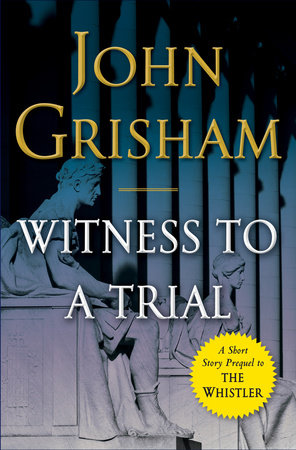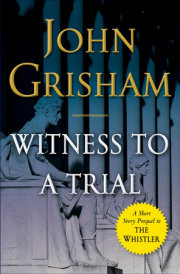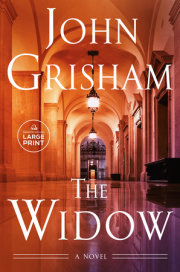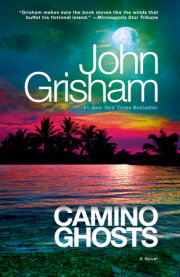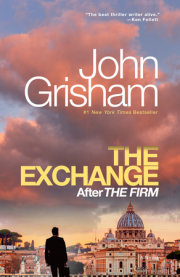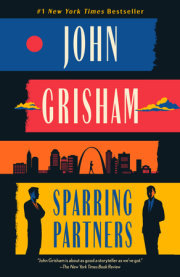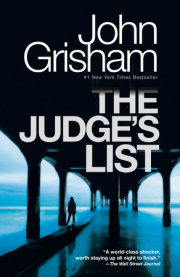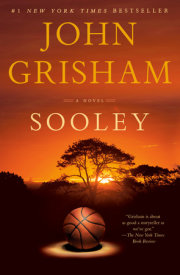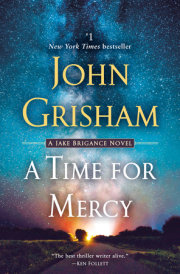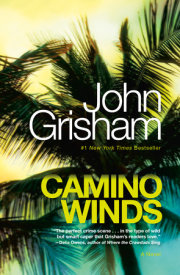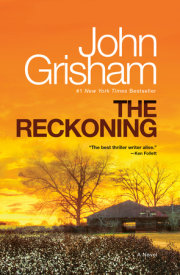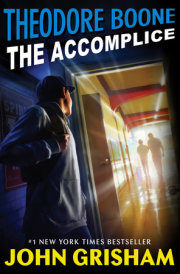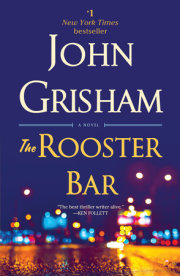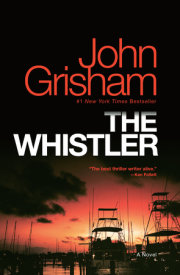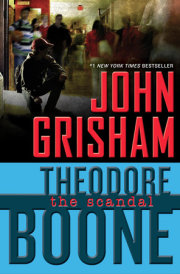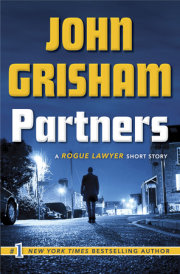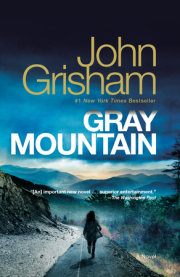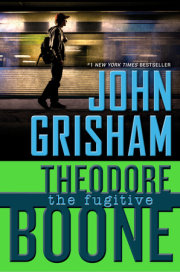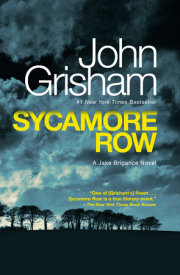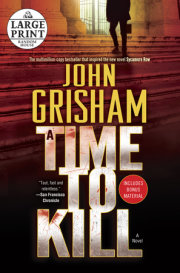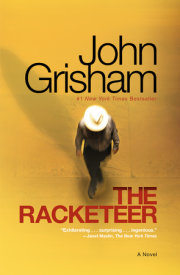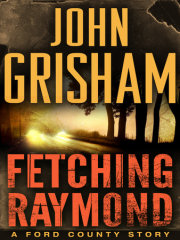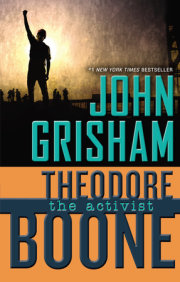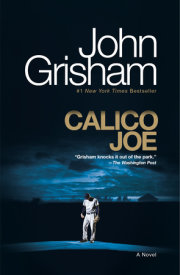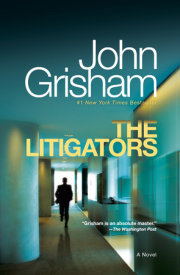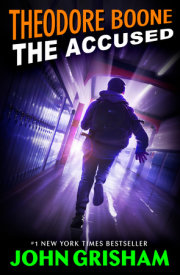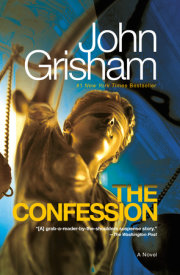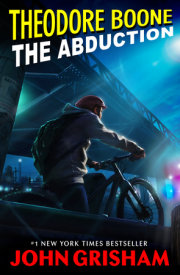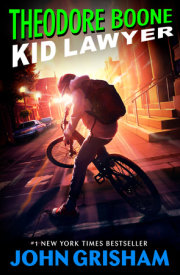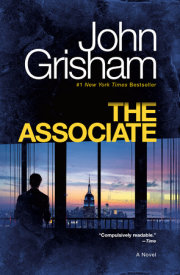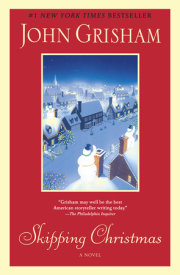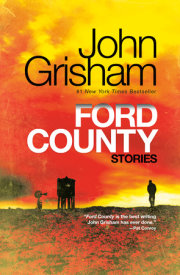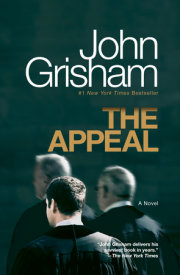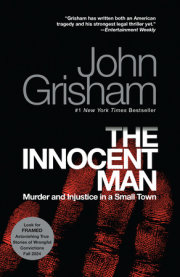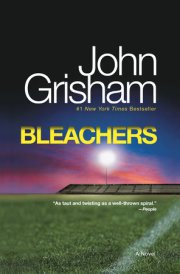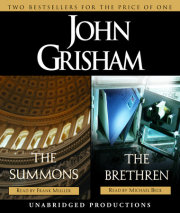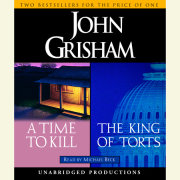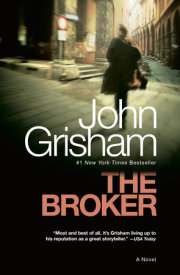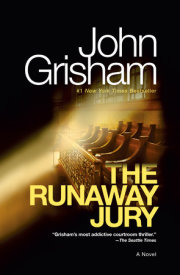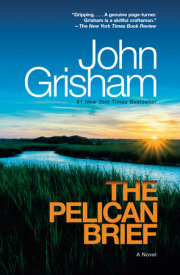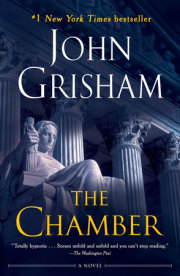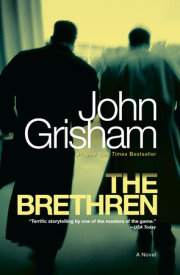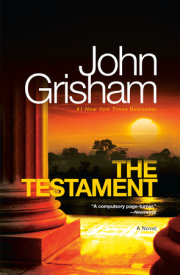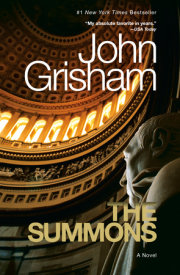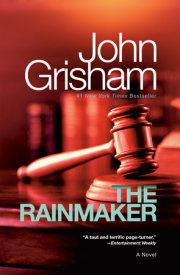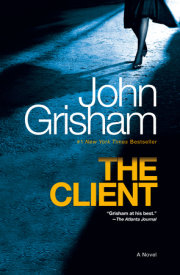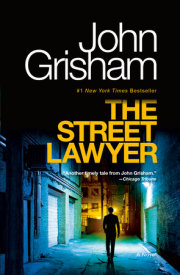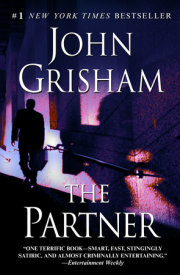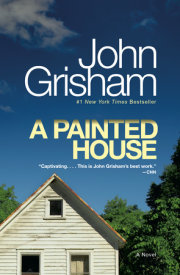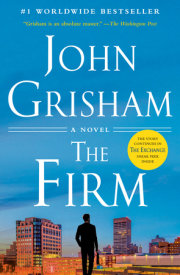1The first witness called by the State of Florida was Clive Pickett, the rather rustic sheriff of Brunswick County, a sparsely populated corner of the Panhandle. Sheriff Pickett took the stand in full uniform and swore to tell the truth. It was his job to describe the crime scene and tell the jury what they had found.
What they had found were two dead bodies, a man and a woman, both naked and both with two shots to the head. They were in her bedroom and apparently had been caught in the act. She was married to someone else, as was he. At some time between 2:00 and 3:00 p.m. on January 17, 1995, the defendant, sitting right over there at the defense table, had allegedly barged in and found them. He was married to the woman and knew the man well.
The first large color photo, State’s Exhibit No. 1, was an exterior shot of the house, an old wood-framed dwelling located on Tinley Road, about two miles from the Tappacola reservation and thus not on tribal land but in the county and under Pickett’s jurisdiction. The sheriff explained that there were no signs of forced entry into the house. The 1984 model Ford truck sitting in the driveway belonged to the deceased gentleman, one Son Razko.
The second photo, No. 2, showed the woman lying across the bed, on her back, her head and shoulders surrounded by blood that had drenched the white sheets. As always, the defense lawyer had objected to the photo on the usual grounds of its being inflammatory, prejudicial, and so on, but his objections had been overruled. The crime-scene photos, regardless of how grisly, were always admitted. The jurors eagerly passed the second one around even as they gaped at it in horror, some looking away, unable to focus on what they were holding. Same for the third photo, Exhibit No. 3, one of the man sprawled on the floor in his own blood. The next two photos, Exhibits 4 and 5, were of the bedroom and the bodies but from different angles. By the time the photos made the rounds in the jury box, the jurors were glaring at the defendant as if they couldn’t wait to dispense the justice he deserved.
A large diagram was placed on a tripod near the jury box, and the prosecutor walked the sheriff through the layout of the house, the two acres around it, Tinley Road, and the tribal land nearby. He stressed the remoteness of the crime scene. The nearest house was three hundred yards away and not visible from the driveway.
With the stage carefully set, the prosecutor yielded the witness. Cross-examination produced nothing new and lasted only a few minutes. Sheriff Pickett was excused and, since he would not be called again, allowed to remain in the courtroom.
—
The Defendant. His name was Junior Mace, a full-blooded Tappacola Indian, age thirty-seven, father of three, and husband of Eileen, the woman he was accused of killing. Until he was arrested, he had driven a truck and delivered propane for a company out of Moreville. The job paid barely enough to keep his family afloat. He and Eileen had a small mortgage on an old house, one they had bought from her parents before they died. Because he had no money, he was forced to settle for a court-appointed lawyer.
Junior was a big man, over six feet, and lean, with long dark hair that fell to his collar. The fifteen months he’d spent in jail awaiting this trial had not lightened his dark skin. For his trial he wore the same outfit every day—faded jeans and boots and a brown leather shirt with beads around both wrists. He sat straight and proud, absorbing every word without flinching, though he wanted to scream his innocence.
Copyright © 2016 by John Grisham. All rights reserved. No part of this excerpt may be reproduced or reprinted without permission in writing from the publisher.

